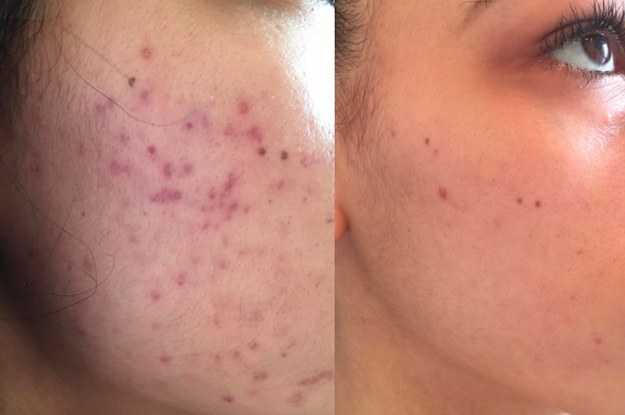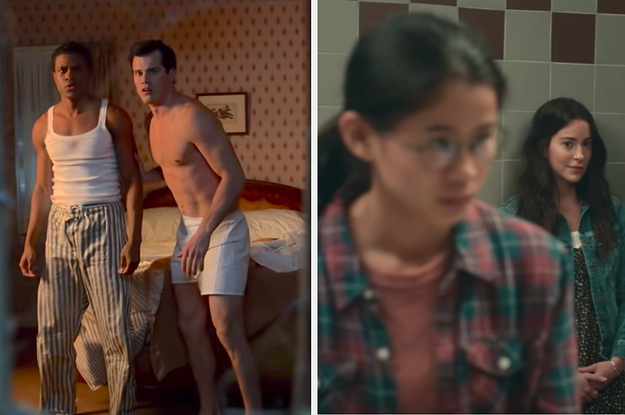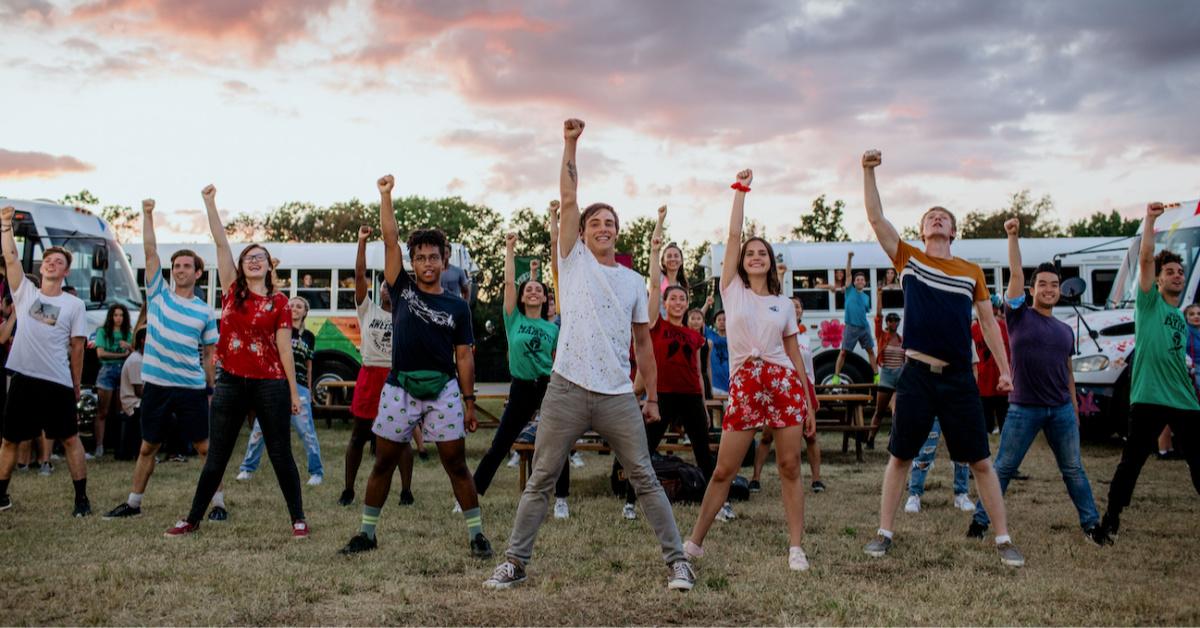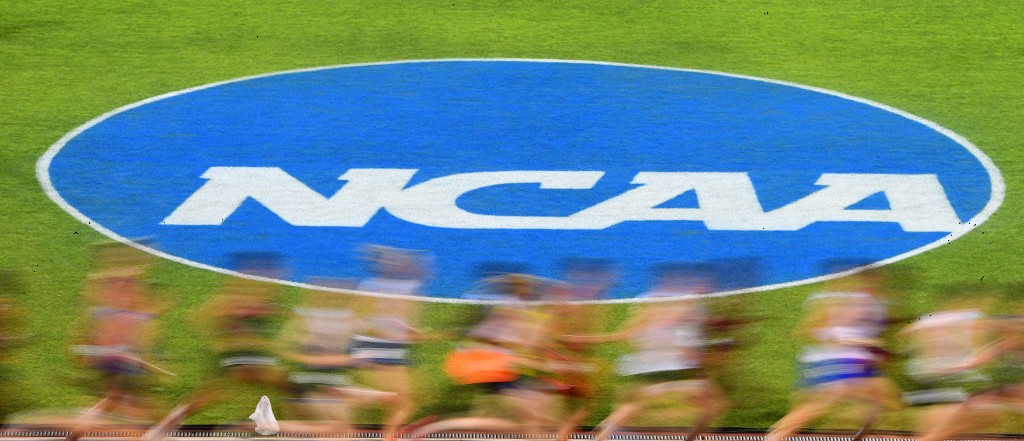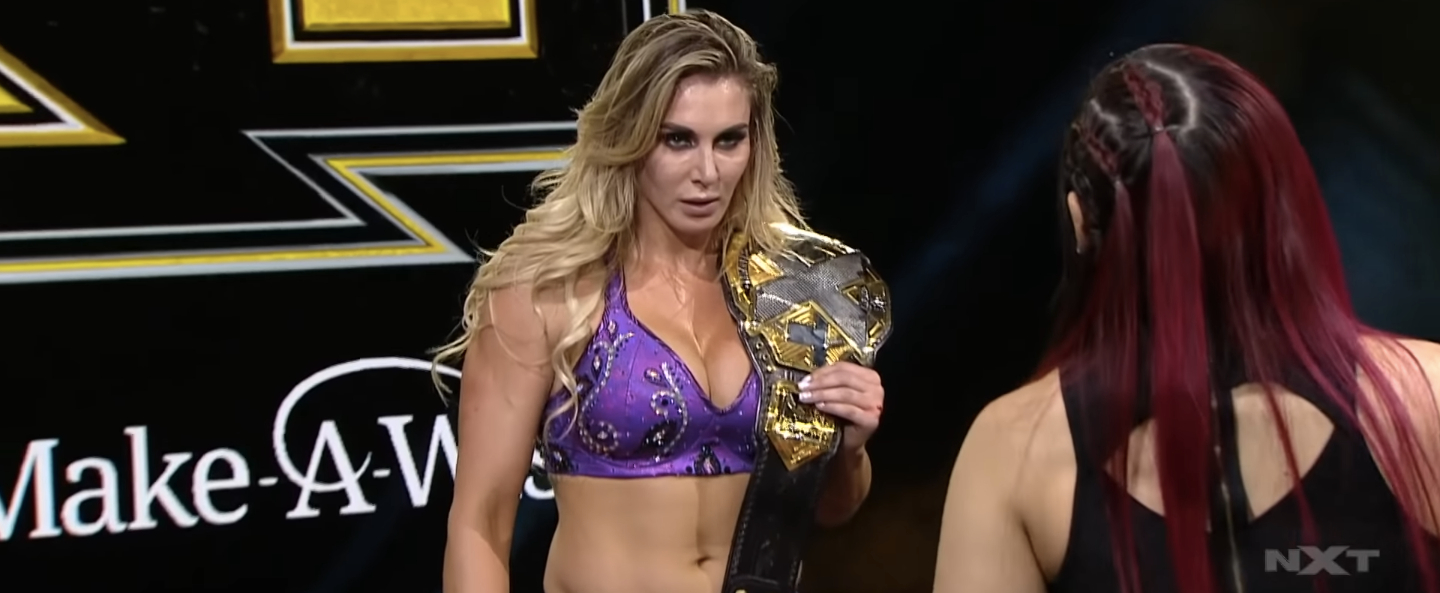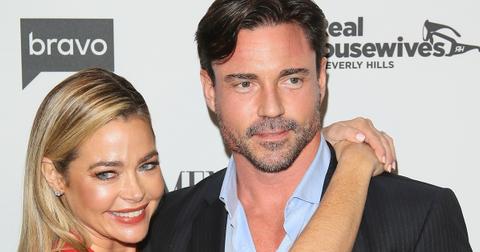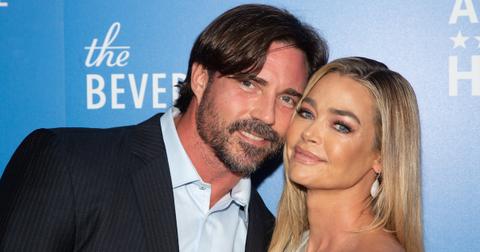With Cinco de Mayo falling early in the week next week and every party canceled anyway, this weekend might be a good time to sip some tequila. The blue agave spirit from Mexico’s Jalisco Highlands had a harsh reputation in the United States for decades but that’s softened as the US market fell head over heels for tequila’s premier offerings. While mezcal is the buzzed-about Mexican spirit of the moment, tequila endures.
Plus, it’s never not time to whip up a batch of palomas. Seriously, a paloma for each hand, we say.
Before we dive in, there are only two things you really need to know about tequila. One, it needs to be 100 percent blue agave-based. Two, it needs to come from the state of Jalisco (except in a few very rare exceptions). Mezcal, on the other hand, can be made from a variety of agave plants and can be made pretty much anywhere in Mexico. The location-specific and slightly more refined aspects mean that tequila is to mezcal what Tennessee whiskey is to bourbon.
The ten bottles below are all bottles of tequila worth getting delivered if you’re into switching up your cocktail game this weekend. These are by no means meant to represent the best of the best. Instead, we’re picking affordable bottles that are still perfectly fine to mix, shoot, or, in some cases, sip.
Related: We Asked Bartenders For The Best Tequilas And Mezcals To Isolate With
Familia Camarena Silver
https://www.instagram.com/p/B_XmjqUJ3oR
ABV: 40%
Distillery: Casa Camarena, Arandas
Average Price: $21.99
The Tequila:
This is tequila with heritage. The name is derived from a family, the Camarenas, who have been growing and harvesting blue agave and turning it into tequila for generations, reaching back centuries. This expression takes its time. The agave pinas are allowed to grow. They’re then hand-harvested and slow-roasted for days before being crushed for their juice. It’s a worthwhile endeavor that’s revealed in the quality of the end product.
Tasting Notes:
This one opens up with a nice balance of vegetal depth of rich roasted agave. There’s an herbaceous underbelly that pins the sweet and slight bitter roasted agave to the thin feel of the sip. All of that adds up to a slightly tart and abrupt finish.
Jose Cuervo Tradicional Silver
https://www.instagram.com/p/B_l-TOHjPKE
ABV: 40%
Distillery: Fábrica La Rojeña, Tequila
Average Price: $22.99
The Tequila:
A quick note on styles: “Gold” tequilas have coloring and often sweeteners in them. So this expression is a technical step up from Cuervo Gold. It’s also a great standard to have on hand if you’re mixing any tequila-based cocktail (though we’d recommend their reposado or añejo for a tequila soda). Overall, it’s a decent workhorse tequila.
Tasting Notes:
Beneath the alcohol, there are slight notes of spring flowers and a hint of pepper. Minor notes of citrus peek in, leaning towards grapefruit and lime as the pepper carries through, with a clear agave essence. The citrus is the lasting impression you’re left with on the short-but-not-too-rough finish.
Olmeca Altos Plata
https://www.instagram.com/p/BrhvpKdniXR
ABV: 40%
Distillery: Casa Pedro Domecq, Arandas (Pernod Ricard)
Average Price: $24.99
The Tequila:
Altos is another tequila that takes its time. Master distiller Jesús Hernandez brought in a team from Kentucky to dial in their highland blue agave crops and entire, old-school tequila production from field-to-glass. They operate sustainably and create a tequila that has no business being as good as it is at this price point.
Tasting Notes:
Roasted agave is front-and-center with hints of bright citrus, sharp pepper, and a note of salinity. The vegetal nature leans grassy with the agave remaining the star of the show with clear hints of citrus, pepper, and fresh herbs. The earthiness leads towards an almost sweet, fruity nature on the finish.
Olmeca Altos Reposado
https://www.instagram.com/p/BhgeBY5ntZ3
ABV: 38%
Distillery: Casa Pedro Domecq, Arandas (Pernod Ricard)
Average Price: $24.99
The Tequila:
This is the same, well-made tequila as above. The difference is that this tequila spent eight to ten months mellowing in ex-bourbon barrels. The craftsmanship combined with highland aging adds up to a very big sip of tequila.
Tasting Notes:
Fruit and agave mingle with citrus as flourishes of oak, vanilla, and red dirt sail in. There’s a creamy Christmas spiced pudding in the middle of the sip that mingles with roasted agave, grassiness, bourbon caramel, and a whisper of smoke. The spice, agave, cream, and a note of orange zest linger on the senses as this one slowly fades.
Espolòn Reposado
https://www.instagram.com/p/B0UDL65HxCF
ABV: 40%
Distillery: Destiladora San Nicolas, Arandas (Campari America)
Average Price: $25.99
The Tequila:
This tequila is the brainchild of master distiller Cirilo Oropeza, who captures the feel of the Jalisco Highlands in each bottle made at Destiladora San Nicolas. This expression goes into new American oak barrels for a short aging process of around three to five months. It’s just enough time for the juice to take on a new form in both taste and texture.
Tasting Notes:
Sweet fruits and agave mingle with very slight hints of oak and vanilla. The vanilla builds with the sip as the fruit leans tropical with a note of banana and a clear sense of earthy roasted agave pinas. A hint of spice kicks in late as the fruit goes full sweet and sugary on the warm yet short end.
Cazadores Reposado
https://www.instagram.com/p/B_TCxnhpbFG
ABV: 40%
Distillery: Cazadores Distillery, Arandas (Bacardi Limited)
Average Price: $26.99
The Tequila:
This tequila is named after hunters (cazadores). It’s made from highland blue agave and aged for a short spell. The hot juice goes into small-format new oak barrels for a short two months. The point of smaller barrels is that it takes less time to imbue the spirit with sugars from the barrel — an effect which is definitely noticeable here.
Tasting Notes:
This might be one of the more accessible tastes on the list. Roasted agave, florals, fruit, spice, and oak are present upfront but all subdued. The taste has a minerality and brininess that leads to earthy agave, mild spice, sweet notes, and a slight hint of fresh herbs. For all of that, the sip ends quickly with a punch of citrus fruit and agave.
Tequila Corralejo Blanco
https://www.instagram.com/p/BbuQQpvBvEU
ABV: 40%
Distillery: Hacienda Corralejo, Pénjamo, Guanajuato
Average Price: $27.99
The Tequila:
Corralejo is one of the few tequilas that’s allowed to call itself tequila, even though it’s not made in the right Mexican state. It’s made in Guanajuato, slightly to the east of Jalisco’s famed highlands. Even though it’s not made in Jalisco, it’s still a fine blue agave spirit that’s worth tracking down for its drinkability.
Tasting Notes:
Hints of citrus zest and brine come forth. There’s a real sense of an agave field after a rainstorm when the minerals are coming up from the earth. The sip has a slight bitterness and spicy warmth that feels like it could have been much better if it had seen oak.
Milagro Reposado
https://www.instagram.com/p/Bohl8mPg3Kw
ABV: 40%
Distillery: Milagro Distillery, Los Altos (William Grant & Sons)
Average Price: $29.99
The Tequila:
Milagro is all about refinement. The first step of that is in the triple distilling process with hand-selected blue agave. Then, the juice rests in ex-bourbon barrels for six months, basically taking it halfway to an añejo tequila.
Tasting Notes:
Sweetened roasted agave greets you. Hints of bourbon vanilla lead towards butterscotch cut with a sharp spice before a briny nature slashes it all back towards an agave earthen base. A note of cacao bitterness comes in late and ushers in a short, warm finish.
Sauza 901 Anejo
https://www.instagram.com/p/BClcKhfjnHY
ABV: 40%
Distillery: Sauza Tequila Import Company, Tequila (Beam Suntory)
Average Price: $29.99
The Tequila:
Sauza usually would be a lot lower on this price list. But this expression has a little more nuance to it, thanks to the Justin Timberlake getting involved. This is JT’s baby. The Sauza 901 standard is a blanco that truly works well as a mixer. This expression is aged for 18 months and dialed up to be sipped on the rocks (or shot).
Tasting Notes:
You’re greeted with spring flowers and nutty chocolate. The sip ebbs into Christmas spice territory with a throughline of vanilla, oak, banana, and a smidge of cayenne. The spice picks up at the end with a vegetal chili pepper edge accompanying the roasted agave towards a lingering, warm end.
Teremana Blanco
https://www.instagram.com/p/B7w1TQ4FgNC
ABV: 40%
Distillery: Destileria Teremana, Jalisco
Average Price: $31.57
The Tequila:
Okay, okay — we know this one comes in at just over $30. Still, we’d argue it’s worth the extra $1.57, and not just because this is Dwayne “The Rock” Johnson’s beloved brand. This tequila — named “spirit of the earth” — takes it’s time and is done right, making it the most sippable blanco on this list.
Tasting Notes:
Big notes of slow-roasted agave, wet and mineral-heavy terroir, grasses, and citrus open this one up. The taste maintains the rich agave as an echo of vanilla arrives next to a hint of chili spice with fresh herbs balancing the sip. The finish is brief but reminds you of highland agave on a cool, humid morning.
Source: https://uproxx.com/life/best-bottles-of-tequila-under-30/

